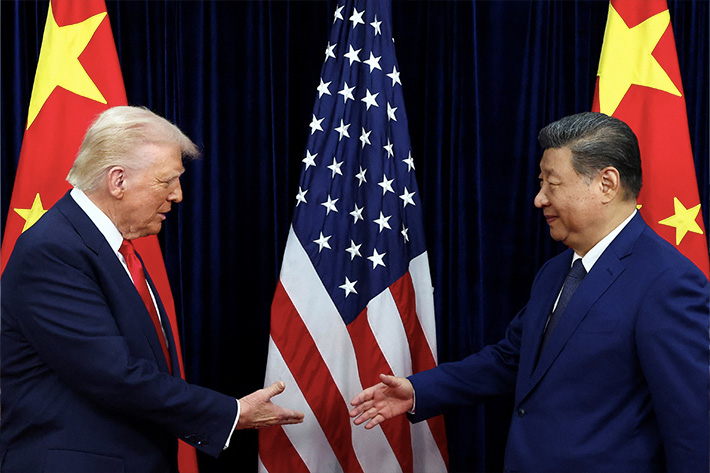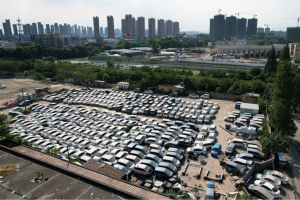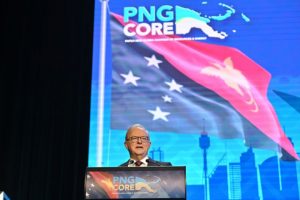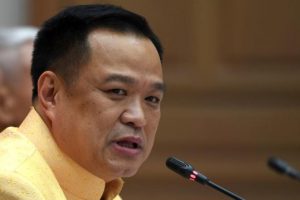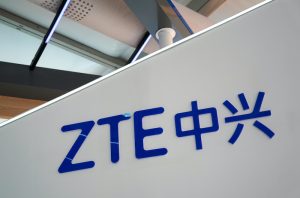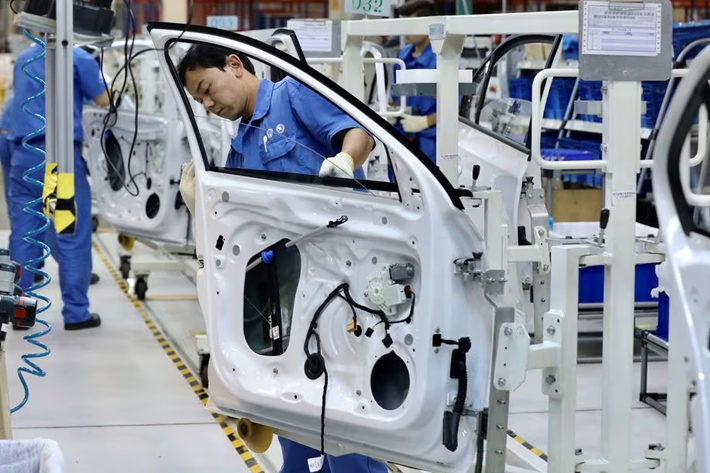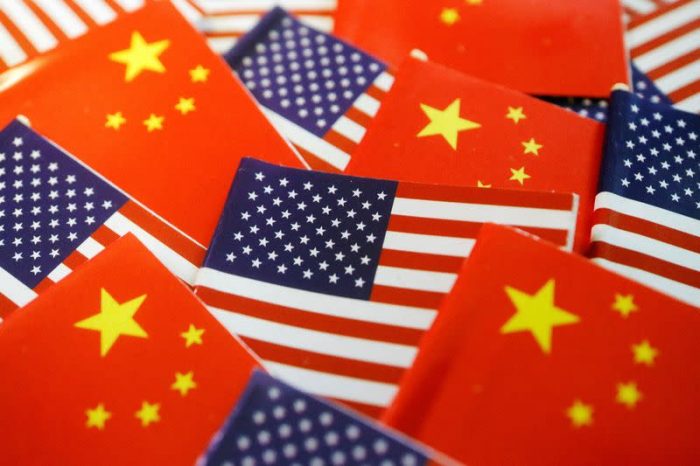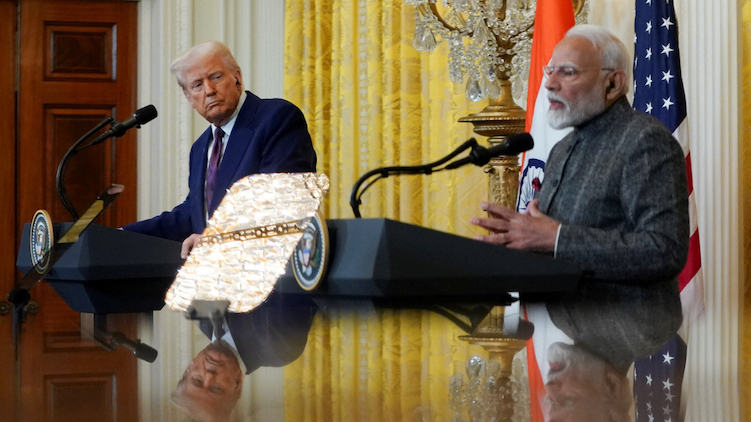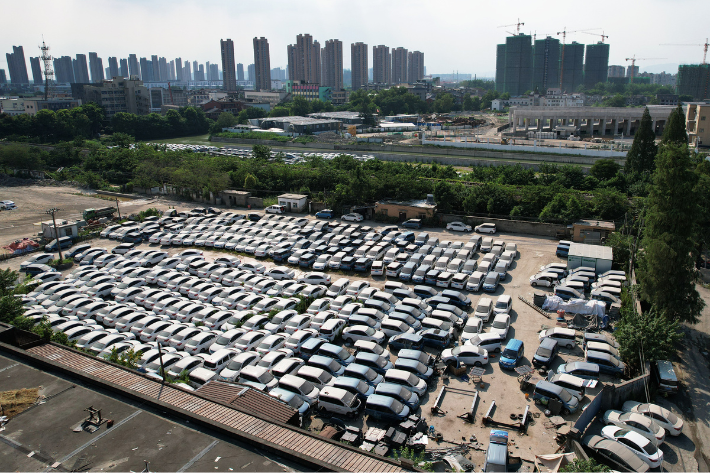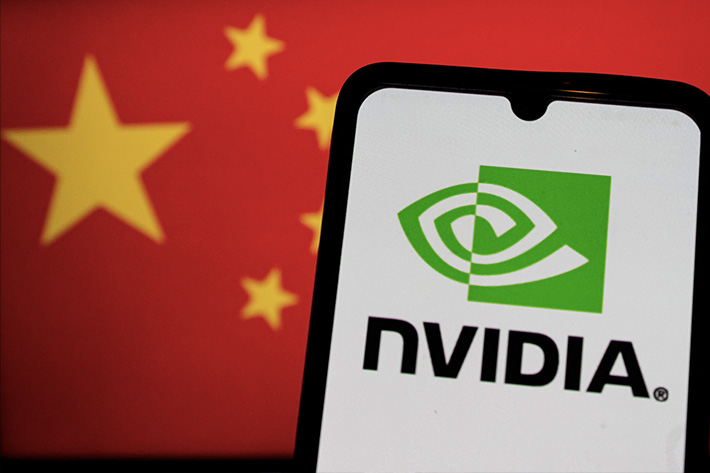The US and China agreed to a simple trade deal on Thursday at a summit between their leaders in South Korea, which reduced US tariffs by 10%, in return for concessions by Beijing.
US President Donald Trump said he had agreed with President Xi Jinping to trim tariffs on Chinese exports in exchange for Beijing resuming large purchases of US soybeans, plus pledges to keep rare earth exports flowing and continue a crackdown on chemicals used to make fentanyl, the deadly opioid blamed for the death of nearly a quarter of a million Americans over the past decade.
Trump’s face-to-face talks with Xi in the South Korean port of Busan – their first meeting since 2019 – marked the finale of the US president’s five-day trip through East Asia, when he also negotiated trade deals with South Korea, Japan and Southeast Asian nations.
ALSO SEE: China’s EV Subsidy Era May End As Exports Boom, Priorities Shift
“I thought it was an amazing meeting,” Trump told reporters aboard Air Force One shortly after he departed Busan, ranking the talks a “12 out of 10”.
Trump said tariffs imposed on Chinese imports would be cut to 47% from 57% by halving the rate of tariffs related to trade in fentanyl precursor drugs to 10% from 20%.
Xi will work “very hard to stop the flow” of fentanyl, which is the leading cause of American overdose deaths, Trump said. The tariff was reduced “because I believe they are really taking strong action,” he added.
China agreed to pause export controls unveiled this month on rare earths, elements with vital roles in cars, planes and weapons that have become Beijing’s most potent source of leverage in its trade war with the United States.
The pause would last for a year, China’s commerce ministry said in a statement. It added that the two sides had also reached consensus on expanding agricultural trade and would work to resolve issues around short-video app TikTok, which Trump seeks to bring under US-controlled ownership.
Treasury Secretary Scott Bessent told Fox News on Thursday that China has approved the transfer agreement for the short-video app and he expected it to move forward in coming weeks and months, but gave no other details.
Question on how long truce will last
The reaction to the detente was muted in global stock markets, with major Asian indexes and European futures swinging between gains and losses. China’s Shanghai Composite Index slipped from a 10-year high, while US soybean futures were weaker.
“The response from markets has been cautious in contrast to Trump’s enthusiastic characterisation of the meeting,” said Besa Deda, chief economist at advisory firm William Buck in Sydney.
Among major US trading partners, only Brazil and India are still subject to higher tariffs.
World stock markets from Wall Street to Tokyo had hit record highs leading up to the meeting on hopes of a breakthrough in a trade war between the world’s two largest economies that has upended supply chains and rocked global business confidence.
The cordial meeting, which took place on the sidelines of the Asia-Pacific Economic Cooperation (APEC) summit, lasted just over one and a half hours.
Trump repeatedly talked up the prospect of reaching agreement with Xi since US negotiators said on Sunday they had agreed on a framework with China that will avoid 100% US tariffs on Chinese goods and achieve a deferral of China’s export curbs on rare earths, a sector it dominates.
But with both countries increasingly willing to play hardball over areas of economic and geopolitical competition, many questions remain about how long a trade detente may last.
Occasional frictions are normal: Xi
It was normal for the two sides to have frictions now and then, Xi told Trump via a translator, as they faced each other, flanked by their delegations, at the start of the meeting.
“China’s development and rejuvenation are not incompatible with President Trump’s goal of ‘Making America Great Again,'” Xi added.
They also agreed to pause tit-for-tat port fees on shipping, designed to thwart dominance in shipbuilding, ocean freight and logistics.
China will begin the process of purchasing US energy, Trump said in a post on Truth Social on Thursday, hinting at a big deal in Alaska where his administration has been touting a proposed $44-billion LNG pipeline.
The White House has signalled it hopes the summit will be the first of several between the leaders in the coming year. Trump said he would travel to China in April before he receives Xi in the United States.
Chinese state media portrayed the meeting with Trump as a triumph of Xi’s policymaking. “We have the confidence and capability to navigate all kinds of risks and challenges,” the official news agency, Xinhua, quoted him as saying.
No talk on Nvidia chip or Taiwan
The agreement reached broadly returns ties to their status before Trump’s ‘reciprocal tariffs’ offensive in April triggered tit-for-tat escalation.
But it may be no more than a fragile truce in a trade war with root causes still unresolved, analysts say.
Trump said he did not discuss Nvidia’s state-of-the-art Blackwell chip with Xi, in a further blow to the firm’s hopes of maintaining its presence in China’s $50-billion AI market.
The contentious issue of Taiwan, the democratic island claimed by China that is a US partner and high-tech powerhouse, also did not surface in the talks, Trump said.
But minutes before starting the meeting, Trump ordered the US military to resume testing nuclear weapons after a gap of 33 years, pointing to the growing arsenals of Russia and China.
China’s foreign ministry said on Thursday it hoped the US would stick to a moratorium on nuclear testing.
Ahead of the summit, China bought its first cargoes of US soybeans in months. And after the summit ended, Treasury Secretary Bessent said Beijing had agreed to buy 12 million metric tons of American soybeans in the current season through to January and had committed to buying 25 million tons annually for the next three years as part of the larger trade agreement.
Earlier on his trip, Trump signed various pacts with Japan and Southeast Asian nations on diversifying supplies of rare earths, although the goal of blunting China’s dominance on the processing of rare earths could take years.
- Reuters with additional input and editing by Jim Pollard
NOTE: This report was updated with further details on October 30, 2025, and amended on November 4, 2025 to rectify a font fault.
ALSO SEE:
Trump Edges Closer to Tariff Deal With Seoul, Ignores NK Missile
Trump to Discuss Nvidia’s Top Chip With Xi, as Market Cap Soars
China’s Sanctions on Hanwha Target US-Korean Shipbuilding Plan
China Party Chiefs Vow to Boost Innovation, Oh, And Consumption
Foreign Firms Struggling Amid China’s Economic Slump, Trade War
Tariffs Spur Big Tesla Deals With LGES Batteries, Samsung Chips
EU Strikes a Pricey Deal With Trump to Avert a Trade War
CK Hutchison Ports Deal Deeply Entangled in US-China Trade War




